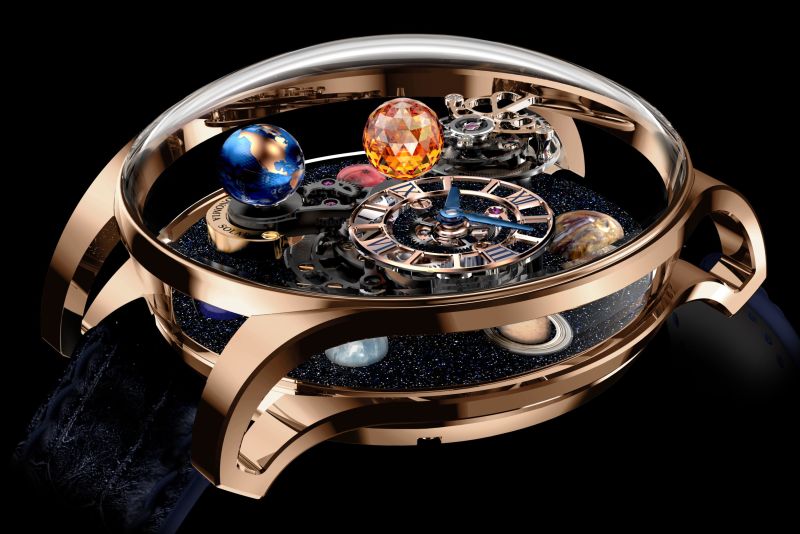iBestTravel: The Intersection of Horology and Astronomy
Understanding the Cosmos Through Watches
In the realm of horology, timepieces are not merely instruments; they are a canvas for artistic expression and technical innovation. This exhibition focuses on the profound fascination horologists have with astronomy, highlighting timepieces that not only keep time but also connect to celestial events.
Key Highlights of the Exhibition
- A Jacob & Co Watch: Featured in the exhibition, this timepiece captures the beauty of the cosmos, showcasing the intricate relationship between time and space.
- Girard-Perregaux Collection: One of three watches displayed, designed in 1966, reflects the different mechanics used to exhibit calendar functions.
- Vacheron Constantin: This watch pays tribute to Copernicus, highlighting the earth’s rotation around the sun through its innovative calendar dial.
- Midnight Planetarium: The watch face beautifully showcases the orbit of six visible planets from Earth, blending art and astronomy seamlessly.
- The Solar Time Clock: An intricate standing mechanical clock featuring 750 handmade parts to indicate lunar phases and solar positions.





Conclusion
The synthesis of timekeeping with astronomical phenomena truly highlights the craftsmanship and innovation within the watchmaking industry. These pieces serve as tangible links between the art of horology and the vastness of the cosmos, reminding us of the intricate dance of time and space.
For more information on these horological wonders, check out additional resources available online.




